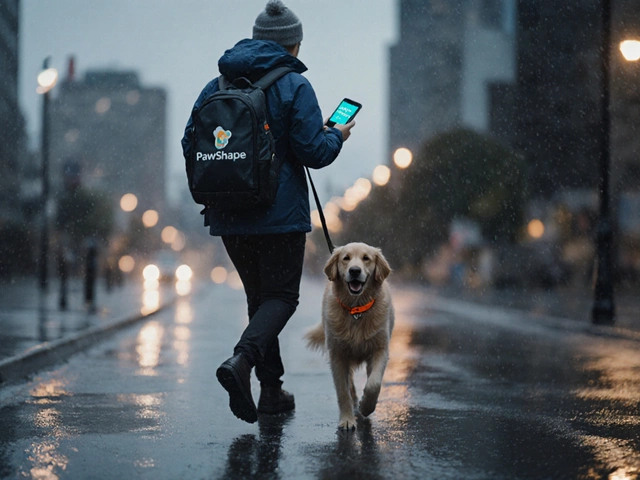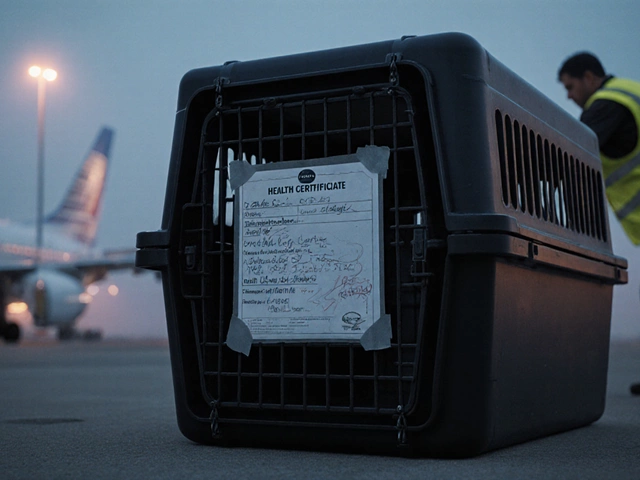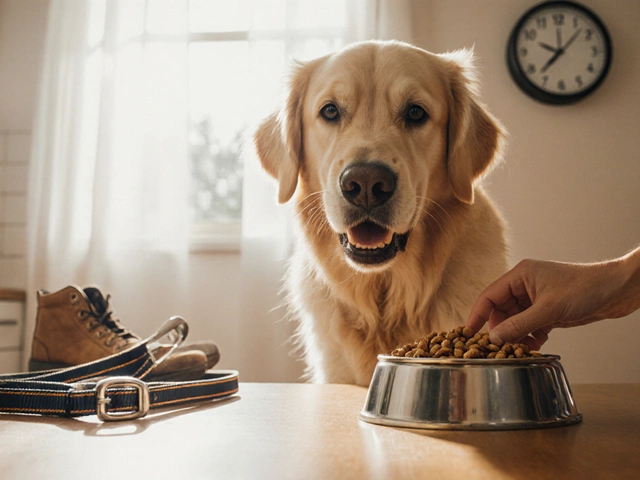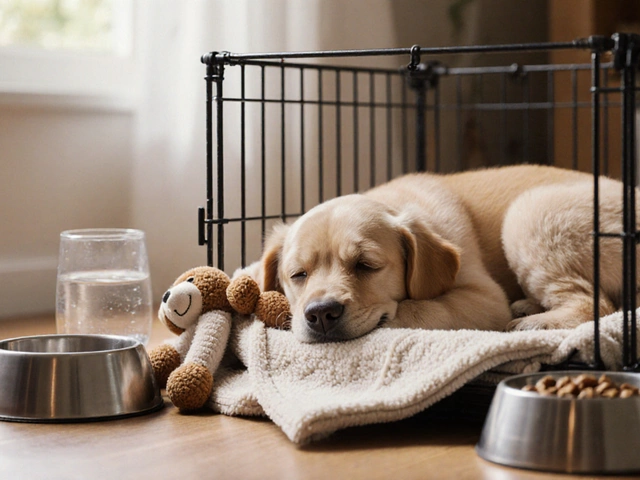Dog Accessories: What Every Owner Should Know
Choosing the right gear for your dog can feel overwhelming, but it doesn’t have to be. From everyday collars to safety‑first breakaway designs, the right accessory makes walks safer, training easier, and life more comfortable for both you and your pup.
Collars: Comfort, Safety, and When to Use Them
Collars are the most common accessory, but not all collars are created equal. A well‑fitted collar should sit snugly without choking the neck. If you notice rubbing or hair loss, it’s time to adjust or switch materials. Pinch collars, for example, are meant for short‑term training sessions—not all‑day wear. They can cause skin irritation if left on too long, so reserve them for specific lessons and remove them afterward.
Breakaway collars are a smart choice for dogs who love to explore. These collars snap open under pressure, reducing the risk of choking if your dog gets caught on a fence or branch. They’re great for indoor wear, especially for dogs that slip out of regular collars.
Some owners wonder whether to keep a collar on while the dog sleeps. Sleeping without a collar can prevent accidental choking and skin issues, especially for dogs with long ears or delicate skin. If your dog is calm at home and you use a microchip tag, a collarless night can be a comfortable option.
Harnesses, Head Collars, and Combining Gear
Harnesses spread pressure across the chest, which can be gentler on the neck than a collar, especially for strong pullers. A front‑clip harness discourages pulling by turning the dog toward you when they try to dash ahead. Pairing a harness with a lightweight collar for ID tags is fine, but avoid stacking heavy gear that restricts movement.
Head collars (often called “no‑pull” collars) give you more control without choking. They work best when introduced gradually and paired with positive reinforcement. If your dog constantly pulls, start with a head collar and a front‑clip harness; many owners find this combo eliminates the tug‑of‑war on walks.
For dogs that love to escape, a breakaway collar under a harness offers an extra layer of safety. The harness keeps the dog secure on walks, while the breakaway collar can release if the dog somehow gets snagged.
Practical Tips for Everyday Use
Check the fit of any collar or harness weekly. Dogs can gain or lose weight, and a snug fit today might become tight tomorrow. Look for signs of irritation—redness, hair loss, or whining when you put on the gear.
Keep a spare set of accessories at home and in the car. A broken leash or a lost collar can ruin an outing, but having a backup means you’re ready for anything.
Finally, remember that accessories are tools, not solutions on their own. Consistent training, positive rewards, and a calm attitude will make any gear work better. Whether you’re choosing a pin‑type collar for a short training session or a harness for daily walks, the goal is the same: a happy, safe dog that enjoys time with you.
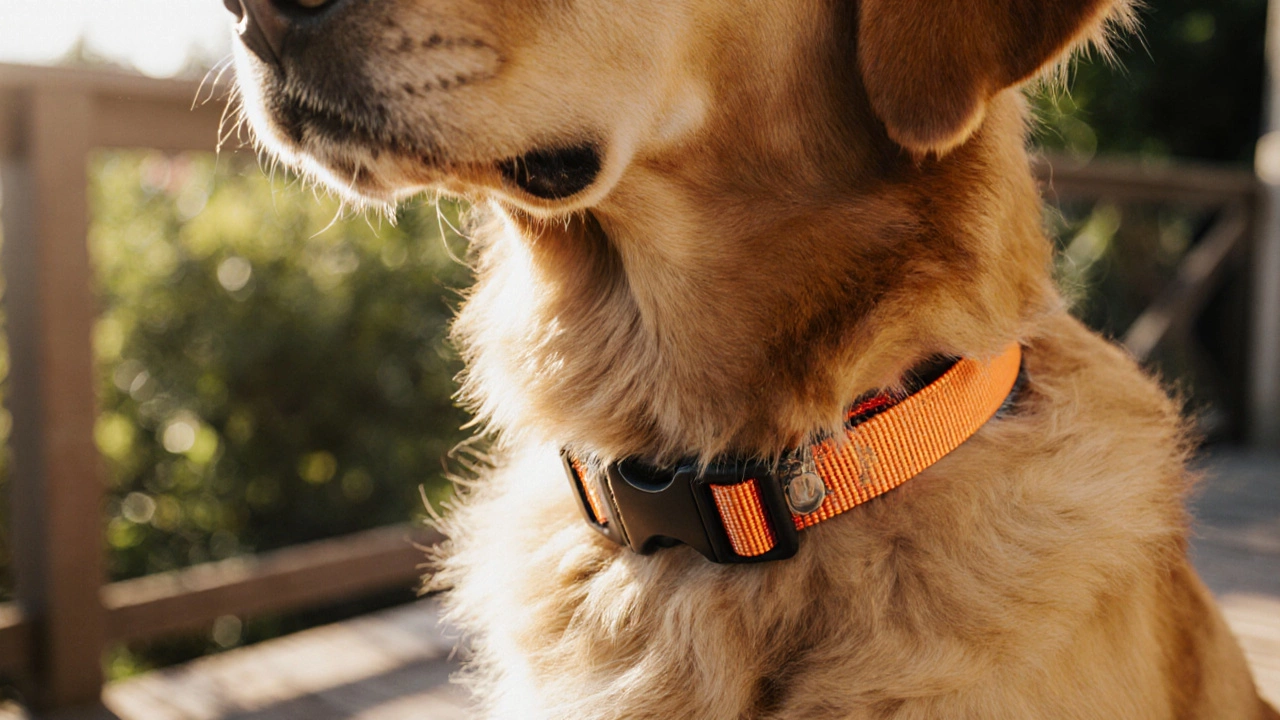
How Often Should You Replace Your Dog's Collar? Expert Guide to Collar Lifespan
Learn how often to replace your dog's collar, spot wear signs, and choose the right material for safety and comfort.
read more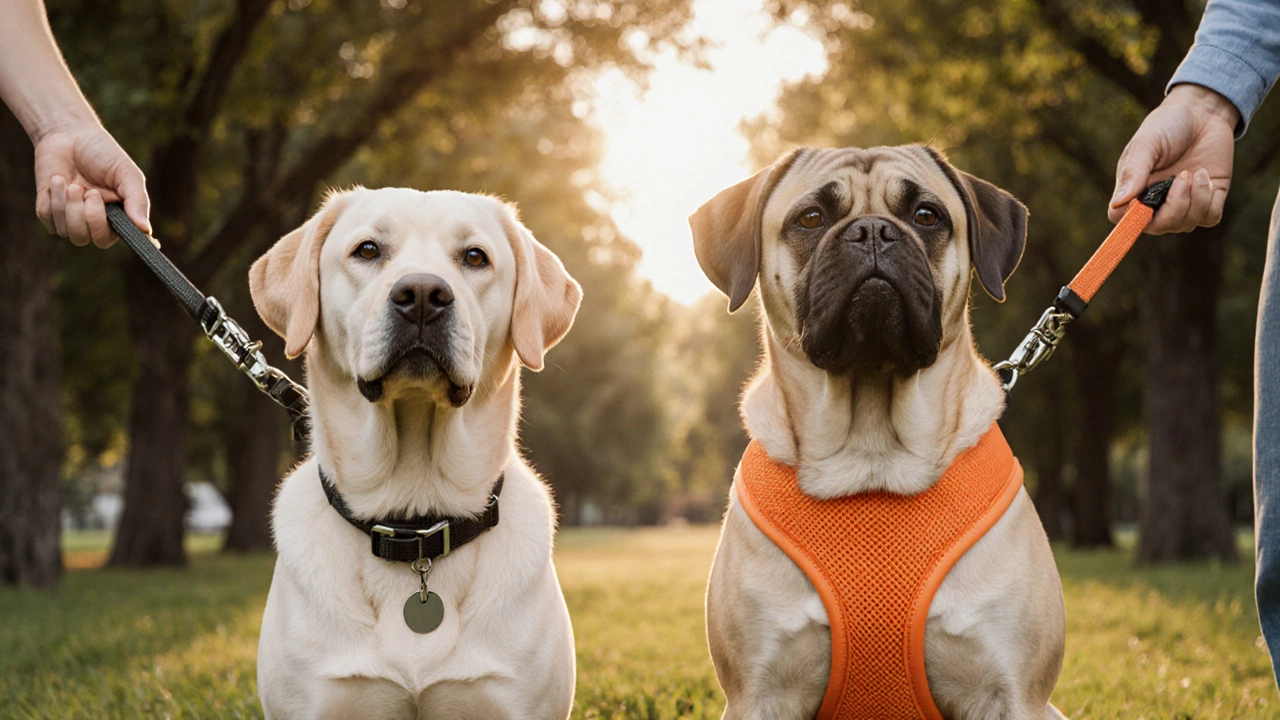
Dog Collar vs Harness: Which Is Safer for Walking?
Find out whether a dog collar or a harness is safer for walks, how anatomy, behavior, and breed affect the choice, and get a practical checklist.
read more
Should Dogs Wear Pinch Collars All Day? What Every Owner Needs to Know
Pinch collars are a hot topic for dog owners, sparking debate over their safety and proper use. This article digs into whether dogs should wear pinch collars all day, the risks involved, and alternative options for training. You'll learn practical tips for safe usage and hear the real reasons why professional trainers don’t leave these collars on all day. Get the facts so you can make the best decisions for your four-legged friend.
read more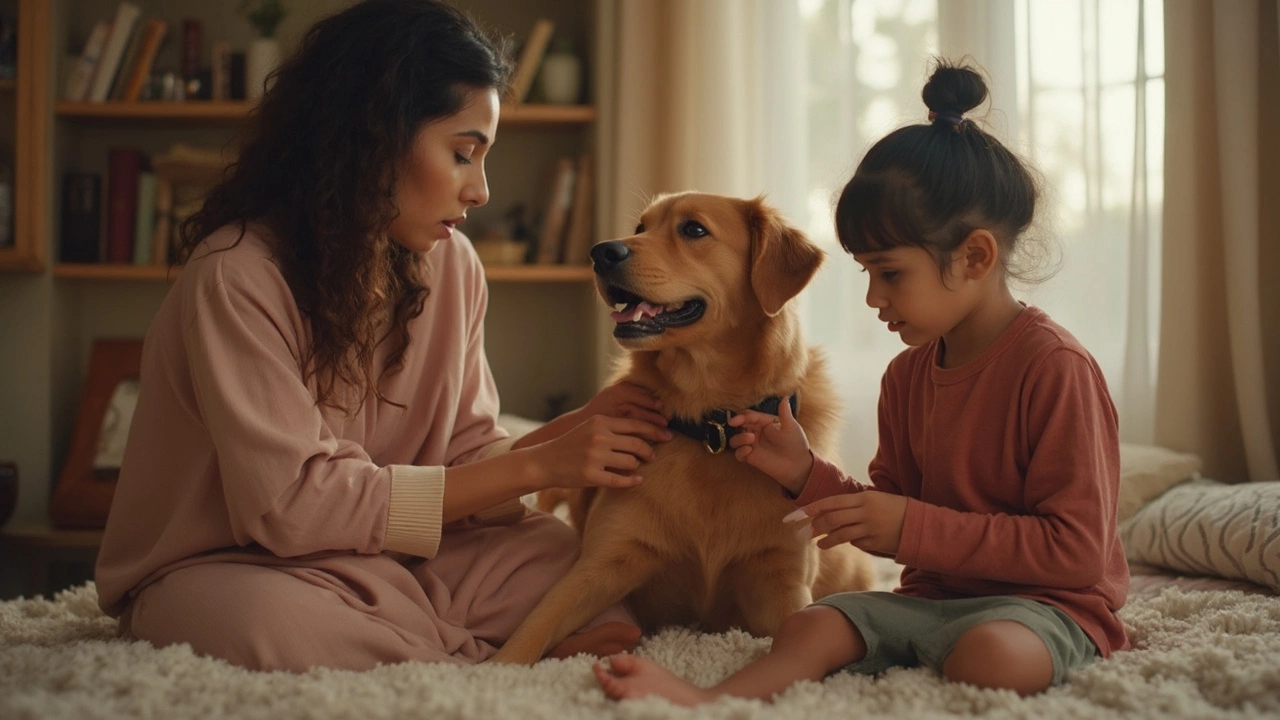
Dog Collar Comfort: Should Your Pup Really Wear One All the Time?
Is it actually okay for dogs to wear collars nonstop? This article breaks down what happens when your dog wears a collar 24/7, looking at comfort, safety, and skin health. Find out what to watch out for and if you should let your dog sleep or chill collar-free. Get simple advice on the right collar fit, materials, and how to keep your dog happy and safe. Real-life tips make it easy to do what’s best for your furry buddy.
read more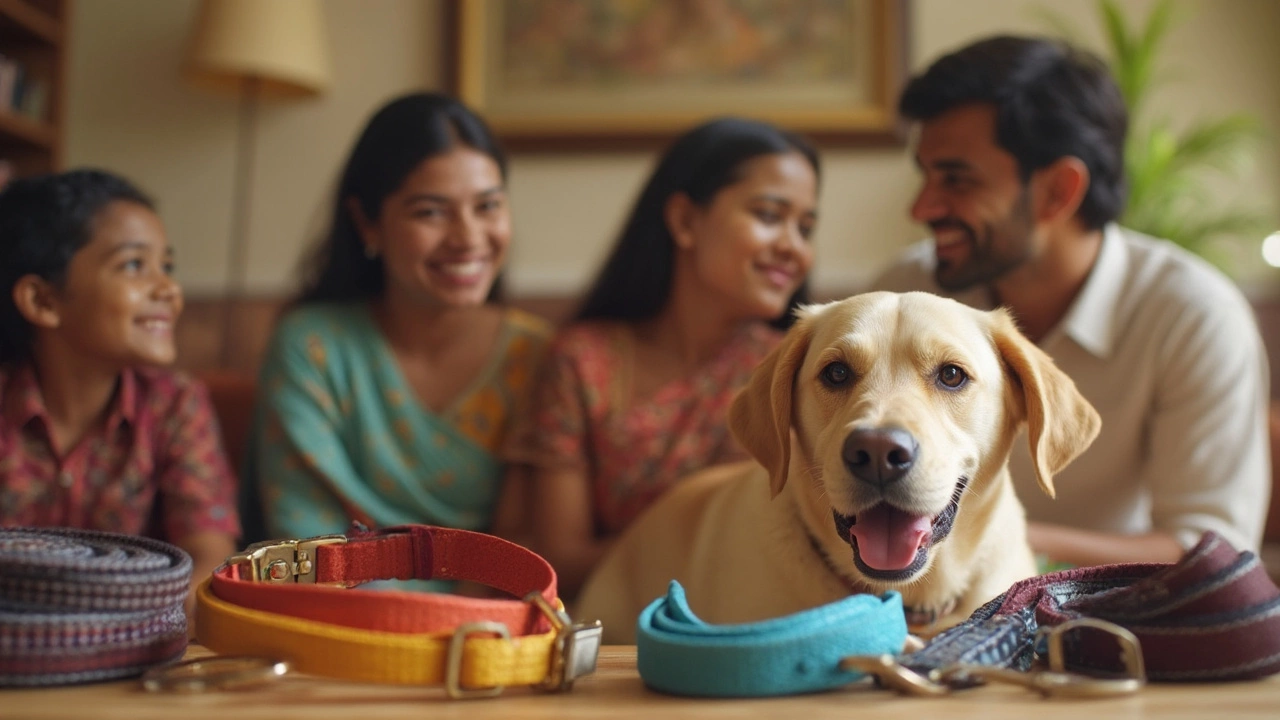
Are Breakaway Collars Necessary for Dogs? What Every Owner Should Know
Breakaway collars are making waves in the dog world, but are they really necessary? This article breaks down how they work, where they're useful, and what risks they cover. You'll learn where regular collars fall short and get real-life tips on choosing the best option for your dog's lifestyle. Whether your dog is a couch potato or an escape artist, understanding when breakaway collars shine can help you keep your best friend safe. It's not a one-size-fits-all decision, so let's clear up the confusion.
read more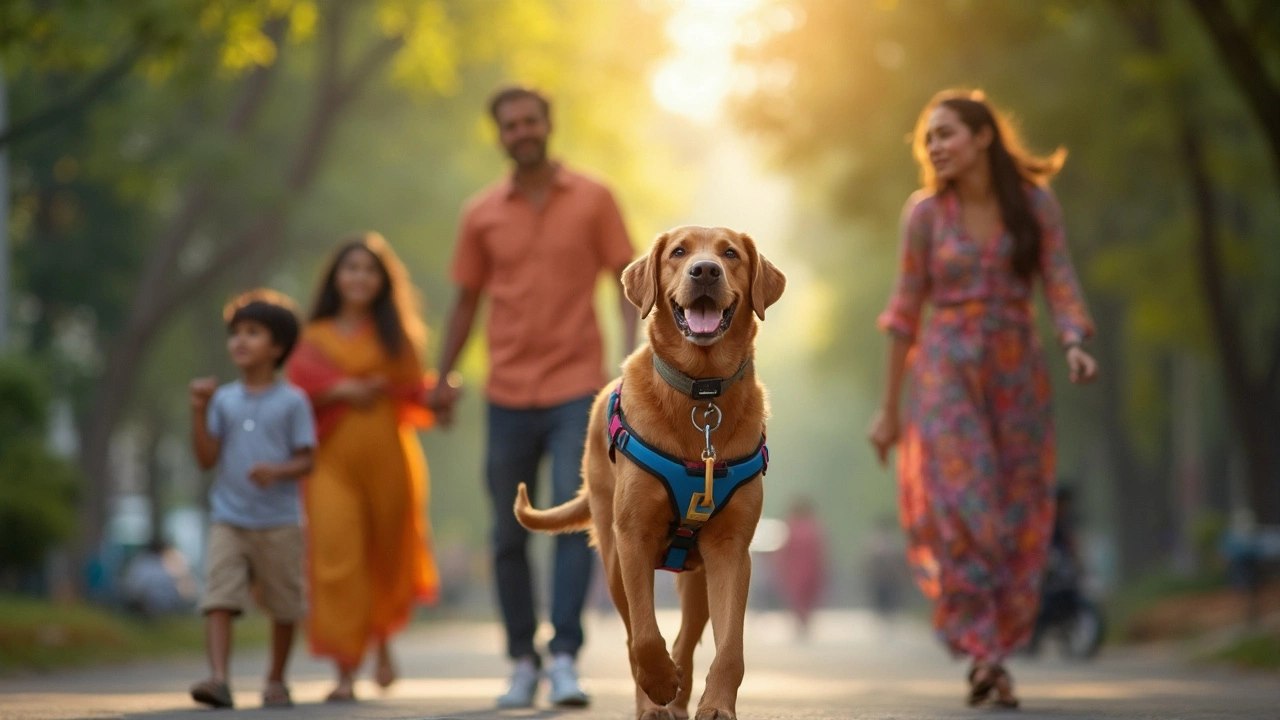
Can a Dog Wear a Collar and a Harness at the Same Time?
Ever wondered if you can keep a collar and harness on your dog at the same time? This article cuts through myths and confusion, spelling out when and how to use both safely. Get tips on comfort, safety, and training, plus advice for choosing the right gear. You'll learn what works for walks, IDs, and daily life. Perfect for anyone who wants to keep their dog safe and comfy.
read more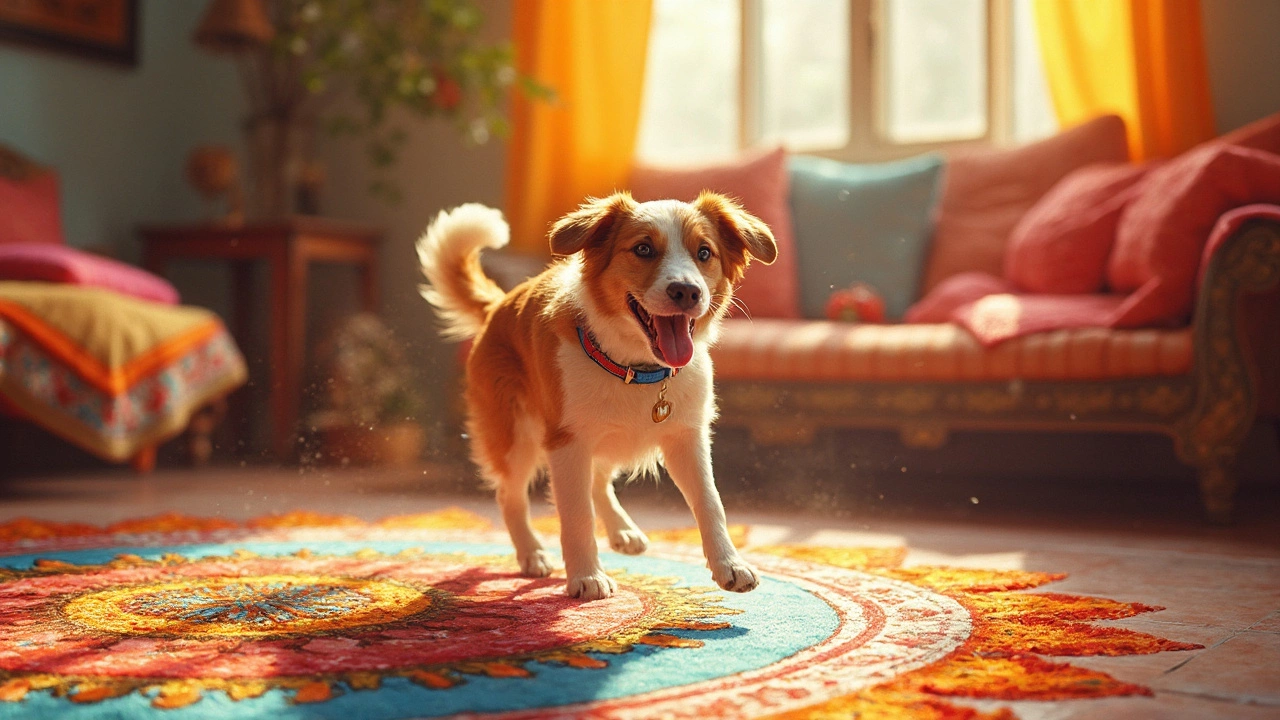
Why Dogs Should Go Collarless at Home
Leaving a collar on a dog at all times might seem harmless, but it can lead to unexpected issues. This article explores why it's better to let your furry friend go collarless, at least around the house. From potential health risks to everyday practicality, discover the reasons for giving your pup a break from their collar. Learn how simple changes can enhance your pet's comfort and safety. Plus, find out what alternatives might work better for you and your dog.
read more
How to Stop Your Dog from Pulling on Walks: Tips Right from the Trail
Walking a dog that pulls can turn a relaxing stroll into a frustrating tug-of-war. This article explores practical tips and techniques to train your dog not to pull on walks, focusing on methods like choosing the right collar, and training techniques that create a more harmonious walking experience. Understanding why dogs pull, combined with effective training strategies, can transform your walks into enjoyable outings. Whether you're a new pet owner or looking to refine your dog's walking etiquette, these insights offer straightforward guidance. Learn to collaborate with your canine companion for smoother and more pleasant adventures.
read more
Should Dogs Sleep Without a Collar?
Many dog owners wonder if their furry friend should sleep with their collar on or off. This question touches on safety, comfort, and practicality aspects of pet care. Learn about the potential risks and benefits of letting your dog sleep without a collar, as well as expert tips to ensure your pet's comfort and safety. This article provides insights into the practices and recommendations that can guide you in making the best decision for your canine companion.
read more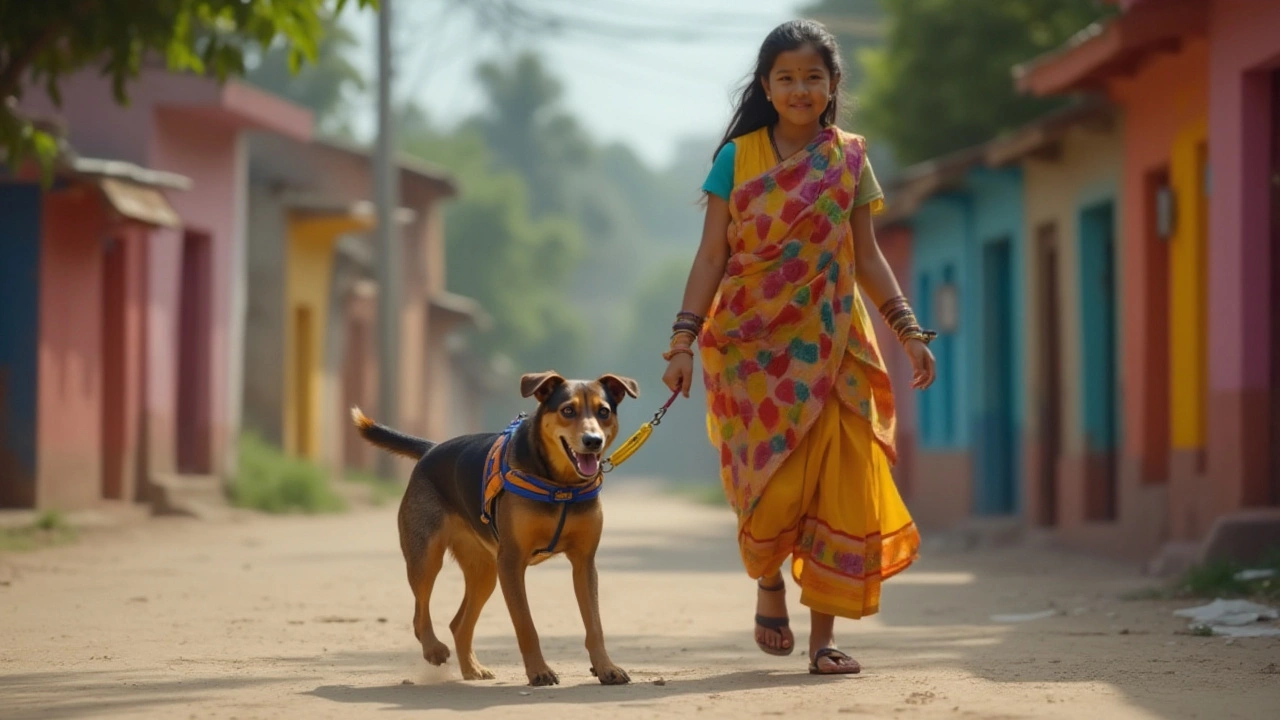
How to Stop Your Dog from Pulling on the Leash: Top Techniques and Tips
Many dog owners struggle with their pets pulling on the leash, which can turn walks into a battle of wills. By understanding why dogs pull and employing practical techniques, you can transform walks into a pleasant experience. From choosing the right collar to consistent training methods, there's a lot you can do to address this common issue. Patience and persistence are key, and these tips will help you achieve success.
read more
Top Collars for Dogs That Pull: Expert Recommendations
Choosing the right collar for a dog that pulls can significantly improve walks and strengthen your bond with your canine friend. This article explores various types of collars suited for dogs that tend to pull, including harnesses, head collars, and various training collars. We delve into the advantages and drawbacks of each collar type, offering practical advice along with product recommendations. Whether you're looking to curb pulling behavior or simply want a new collar for daily walks, the right choice can make all the difference.
read more